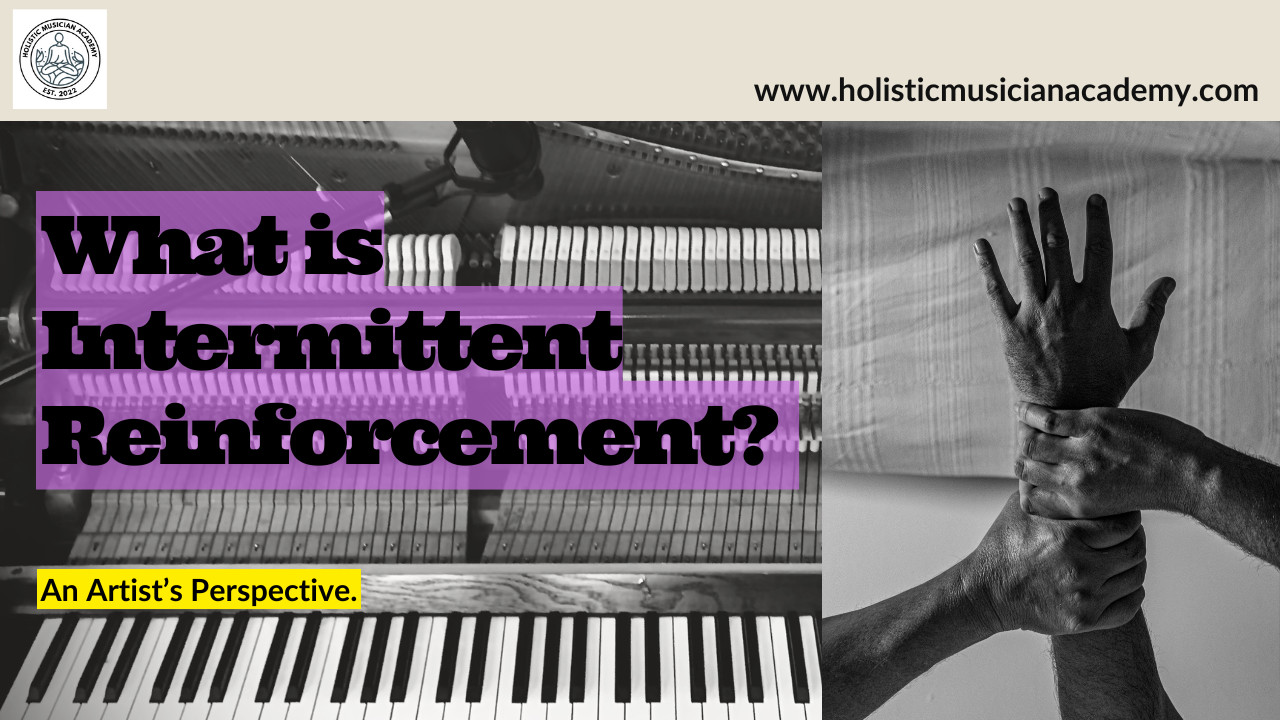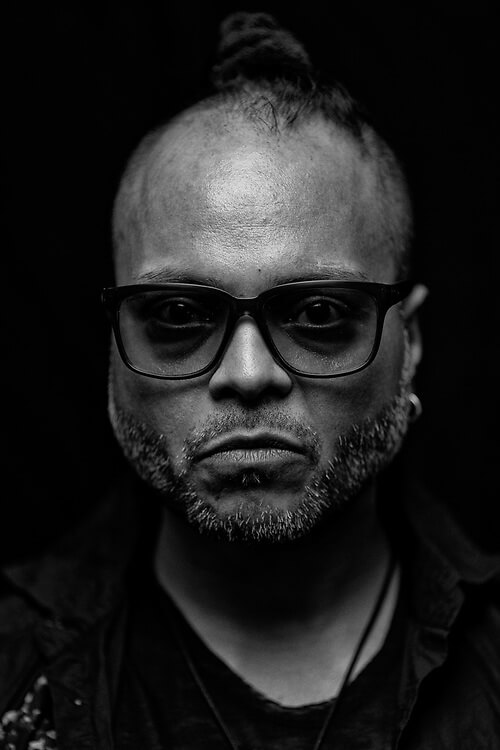
In a world that often equates perfect with excellence, it's easy to overlook how such mindsets can obscure the true essence of creativity: sincerity. This blog delves into the emotional complexity behind artistry, revealing how many artists inadvertently sacrifice the genuine sincerity that breathes life into their craft in an attempt to abandon perfectionist habits,.
Read more...
The Five D's—Death, Disease, Divorce, Discernment, Disillusionment. How these critical junctures often arise when we ignore the subtle signals that nudge us towards change. This post illuminates the benefits of a proactive approach and challenges the cultural narratives of self-sufficiency that often hinder our growth.
Read more...



